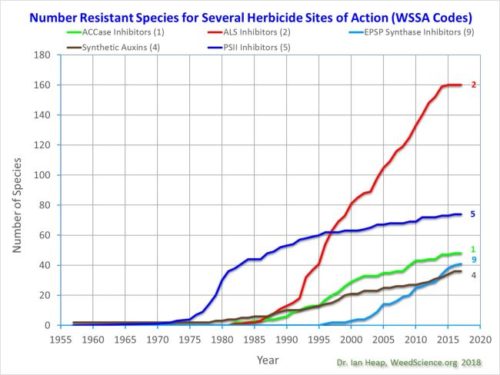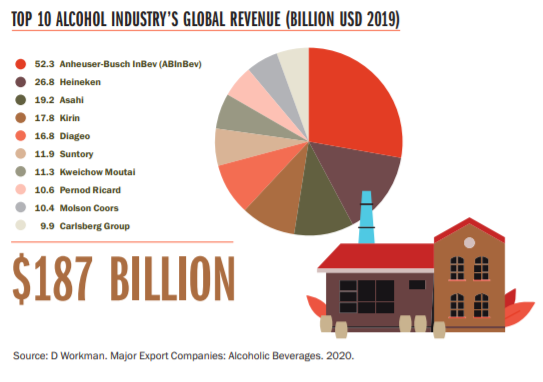Industry-funded study of the week: meat and metabolism
I’ve been collecting items about meat. This is a good week to post them, starting with this.
The study: Effects of Total Red Meat Intake on Glycemic Control and Inflammatory Biomarkers: A Meta-Analysis of Randomized Controlled Trials. Lauren E O’Connor, Jung Eun Kim, Caroline M Clark, Wenbin Zhu, and Wayne W Campbell. . Adv Nutr 2021;12:115–127.
Conclusion: “Total red meat consumption, for up to 16 weeks, does not affect changes in biomarkers of glycemic control or inflammation for adults free of, but at risk for, cardiometabolic disease.”
Funder (my emphasis): “This study was funded by The Pork Checkoff and Purdue University’s Bilsland Dissertation Fellowship (LEO). The funder had no role in the design or conduct of the study or the analysis or interpretation of data.
Author disclosures: LEO received honoraria and travel to present related research as a graduate student from the National Cattlemen’s Beef Association. During the time this research was conducted, WWC received funding for research grants, travel, or honoraria for scientific presentations or consulting services from the following organizations: National Cattlemen’s Beef Association, National Pork Board, National Dairy Council, North Dakota Beef Commission, Foundation for Meat and Poultry Research and Education, Barilla Group, New York Beef Council, and North American Meat Institute. All the other authors report no conflicts of interest.
Comment: Red meat is under attack for its strong association with health problems, cancer in particular. In the 24 studies this group looked at, selected out of nearly 1200, they found no bad effects. This is a typical result for an industry-funded study conducted by investigators with industry ties. It would be more reassuring if found by independent investigators.





